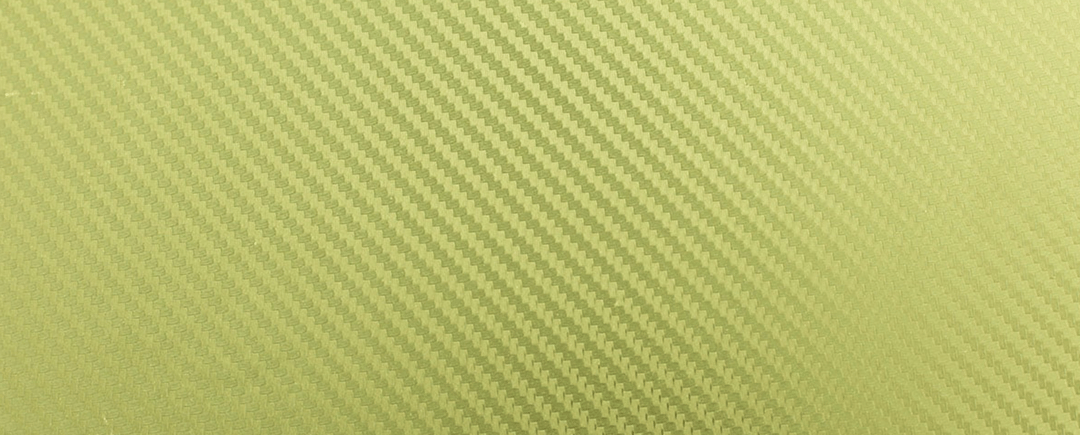What Are Aramids?
Aramids are high-performance synthetic fibers renowned for their exceptional strength, durability, and flame resistance. There are two types of aramids: meta aramids and para aramids. Aramids are integral in applications ranging from aerospace and military applications to marine hull reinforcement and body armor. Aramids are a reliable and well-known option for protective wear.
Examples of Aramid Fibers
Commonly recognized branded fibers that fall under the aramid category:
-
Kevlar®
-
Nomex®
-
Twaron®
-
Kermel®
Features of Aramid Fibers
-
High Strength: Superior tensile strength compared to other synthetic fibers.
-
Abrasion Resistance: Excellent durability against wear and tear.
-
Chemical Resistance: Resistant to organic solvents and various chemicals.
-
Non-Conductive: Safe for use in environments with electrical hazards.
-
Low Flammability: No melting point, maintaining fabric integrity at high temperatures
-
Thermal Stability: Maintains performance under extreme heat
What’s the Difference Between Meta Aramid and Para Aramid?
- What are meta aramid fibers?
Meta aramids are flame resistant fibers produced using a wet spinning process, resulting in semi-crystalline fibers with partially oriented molecular chains along the fiber’s axis. - What are para aramid fibers?
Para aramids are flame resistant fibers manufactured using the dry jet method, producing highly crystalline fibers with fully extended liquid crystal chains.
Because of the different molecular structures of meta aramid and para aramid fibers, they offer some different features and benefits, with several shared characteristics. The table below highlights some of these similarities and differences:
| Meta Aramids | Para Aramids | |
| Example | Nomex® | Kevlar® |
| Production Method | Wet Spinning | Dry Jet Method |
| Flame Resistance Type | Inherent Flame Resistance | Inherent Flame Resistance |
| Durability | Abrasion Resistant | Increased Strength and Tenacity |
| Comfort | Softer | Lightweight, stiffer |
| Chemical Resistance | Highly resistant to chemical degradation compared to nylon and polyester fibers of mid tenacity | Resistant to moisture, sensitive to chemicals such as acids, alkalis, and bleaches |
| Heat Resistance | Withstand high levels of stress from flames or temps up to 752°F (400°C) | Highly heat resistant |
| Conductivity | More conductive | Less conductive |
| Color Retention | Can be dyed several shades, susceptible to color change | Can be dyed, susceptible to compromised appearance over time |
| Common Applications | Firefighting garments, industrial safety FR clothing | Industrial safety equipment like gloves & helmets, bullet proof body armor, military and aerospace |
How to Choose Between Meta Aramid and Para Aramid Fibers
Aramid fibers in general offer excellent protection against flame and chemical hazards, and because of their low molecular weight, they can allow the creation of lighter weight, more comfortable garments without compromising protection. Choosing between the types of aramid fibers will depend on the specific needs of the environment in question. Meta aramids are incredibly durable and can withstand high temperatures and flame exposure. Para aramids are incredibly strong with high tensile strength (the amount of stress that can be sustained) and modulus behavior (the tendency of a material to deform when stressed).
Factors to consider when choosing the appropriate protective clothing include price, comfort, and, of course, application. For more information about types of flame resistant fibers or for advice in making your FR garment selection, get in touch with the experts at TenCate Protective Fabrics:





.png?width=399&name=Untitled%20design%20(40).png)


